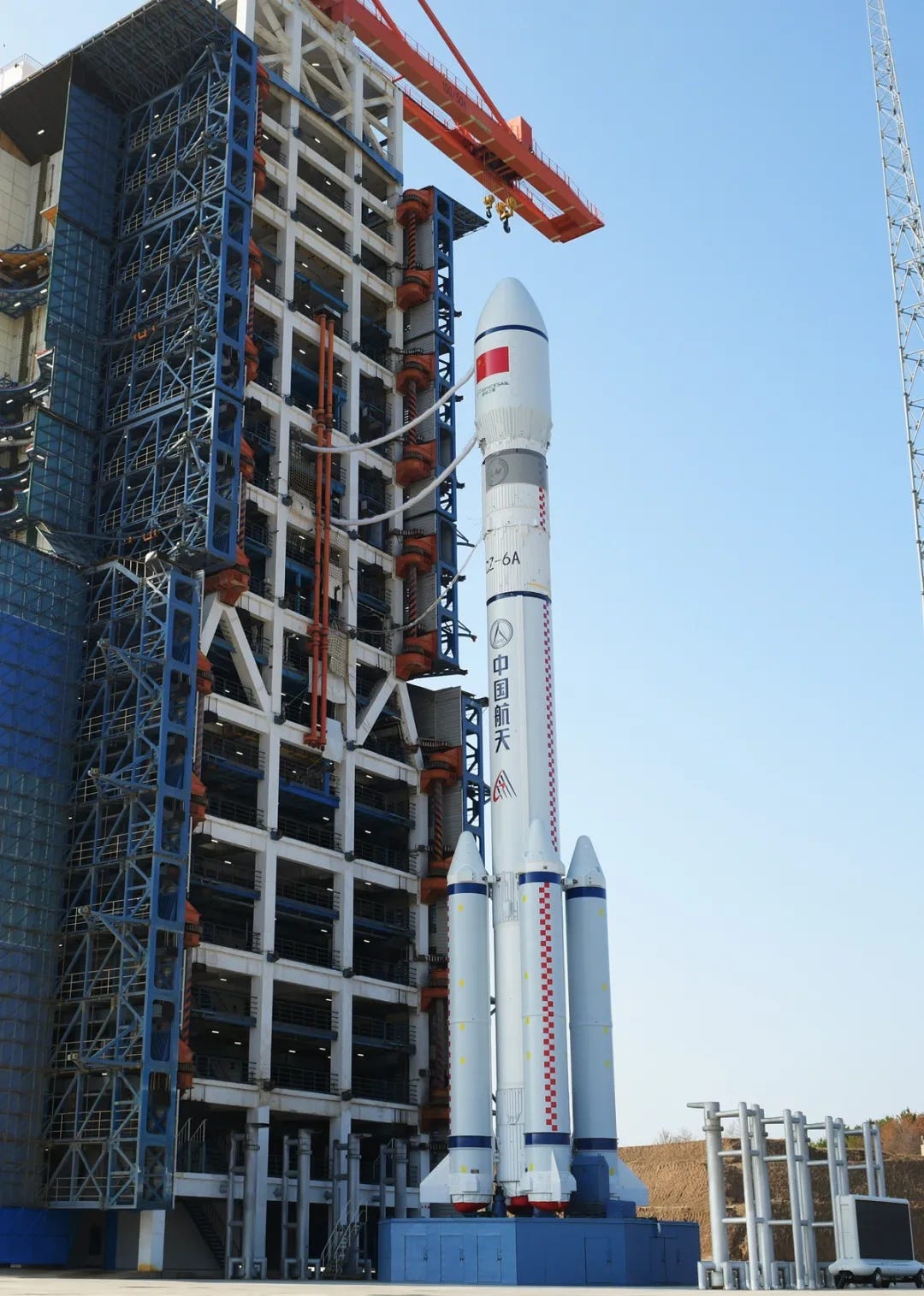Qianfan Returns With Taiyuan Launch [Long March 6A Y24]
The Shanghai-backed constellation has had its sixth batch of spacecraft placed into orbit.
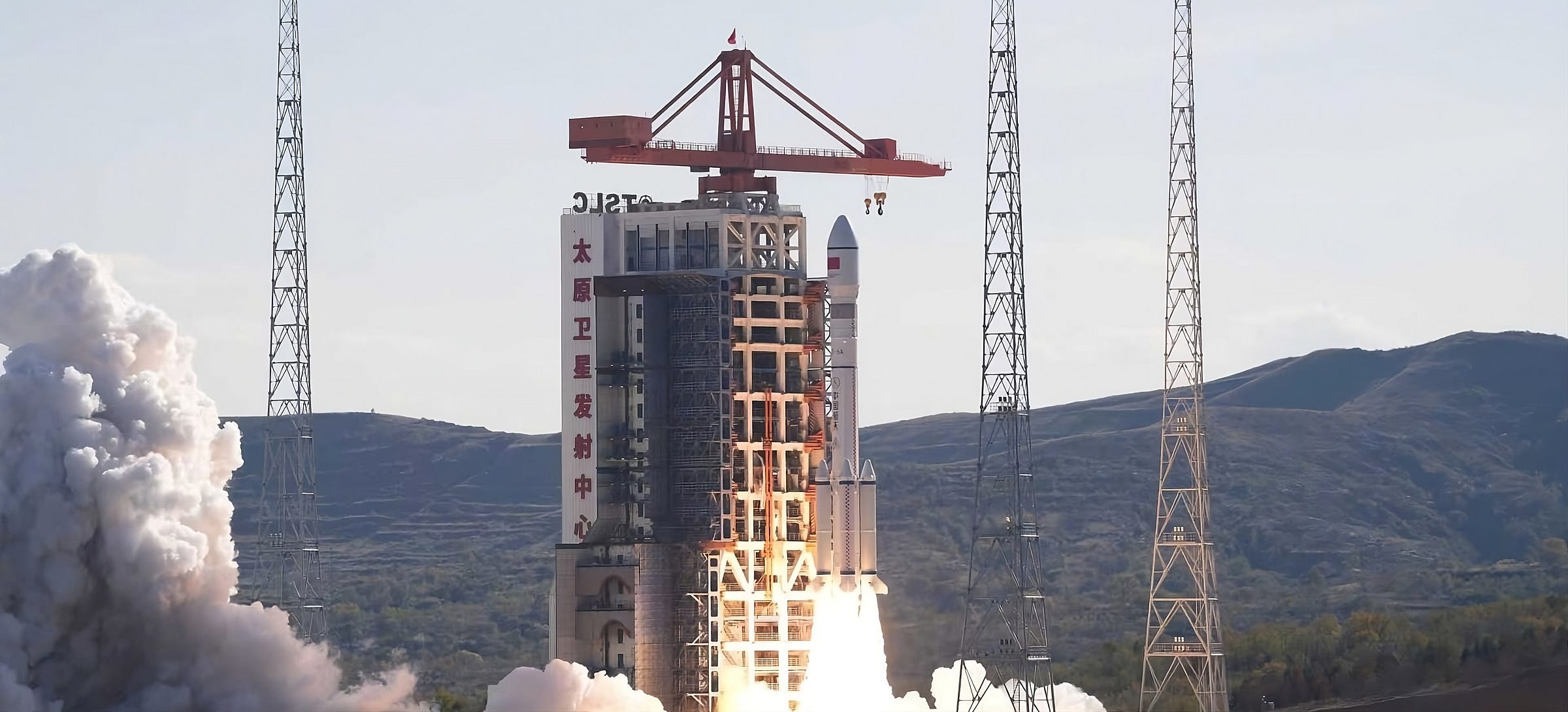
On October 17th at 15:08 pm China Standard Time (07:08 am Universal Coordinated Time), a Long March 6A blasted off from Launch Complex 9A at the Taiyuan Satellite Launch Center, carrying a group of satellites into polar orbit.
Atop of the Long March 6A were eighteen Qianfan satellites as part of the constellation’s Polar Group 18, for the sixth launch to date, following a seven-month pause. This launch brings the constellation’s total spacecraft count up to 108, and back ahead of the recently caught-up GuoWang.
Each Qianfan satellite is believed to weigh 300 kilograms with a ‘flat pack’ design to fit as many satellites as possible inside the rocket fairing. For maneuvering in orbit, each satellite has an electric hall-effect thruster burning krypton to generate 20 millinewtons of thrust, with a specific impulse of 1,385 seconds.
The Qianfan (千帆) mega-constellation, formerly called G60 Starlink and sometimes referred to as SpaceSail, is operated by Shanghai Spacesail Technologies Co Ltd, which the Shanghai municipal government supports as part of plans to strengthen a local space industry. Longer-term plans for the constellation aim to provide regular internet coverage in China by the end of 2025 and worldwide by the end of 2027. By the end of 2030, 15,000 satellites are planned to be in orbit.
To enable the timely launch of today's Long March 6A after the eight-day 76th National Day (国庆节) and the Mid-Autumn Festival (中秋节) holidays, two testing teams stayed on, receiving 300 percent pay, ensuring that the vehicle had no holdups, according to the Shanghai Academy of Spaceflight Technology. Testing and preparation of the satellite group were performed over the holidays too.
Today’s launch was the 18th mission for the Long March 6A, the 249th Long March vehicle launch from the Shanghai Academy of Spaceflight Technology, and the 601st launch of the Long March launch vehicle series. This was also the 64th launch from China in 2025.
Liftoff video via 解放军报 on Weibo.
Check out the previous Long March 6A launch
GuoWang Grows With Latest Taiyuan Launch [Long March 6A Y16]
A Long March 6A soared from Launch Complex 9A at the Taiyuan Satellite Launch Center on September 27th at 20:40 pm China Standard Time (12:40 pm Universal Coordinated Time), carrying a group of spacecraft into low Earth orbit.
What is the Long March 6A?
This section is for those less familiar with China’s Long March series of launch vehicles.
The Long March 6A is the first new-generation launch vehicle in China to utilize a combination of solid and liquid propellants. This vehicle was developed by the Shanghai Academy of Spaceflight Technology and utilizes a two-and-a-half-stage design, the boosters burn an unspecified solid propellant with the first and second stages burning rocket-grade kerosene and liquid oxygen.
The payload capacity of the launch vehicle is currently as follows:
8,000 kilograms to low Earth orbit
4,500 kilograms to a 700-kilometer sun-synchronous orbit
The first-stage is powered by two YF-100 engines, generating a combined thrust of approximately 244 tons using rocket-grade kerosene and liquid oxygen. The first-stage is augmented by four solid rocket boosters, each producing 124 tons of thrust from an unspecified solid propellant, resulting in a combined booster thrust of 492 tons. Together, the first-stage and boosters generate a total thrust of 736 tons. The second stage is powered by a single YF-115 engine, producing 18 tons of thrust using also burning rocket-grade kerosene and liquid oxygen.
On the launchpad, the Long March 6A is believed to be up to 52 meters tall, a handful of fairings are available, and weighs 530,000 kilograms when fully fuelled. The first and second stages of the vehicle have a diameter of 3.35 meters while the solid-fuelled boosters have a diameter of 2 meters, the fairing has a diameter of 4.2 meters.
So far, every Long March 6A has launched from the Taiyuan Satellite Launch Center, in the north of Shanxi province.
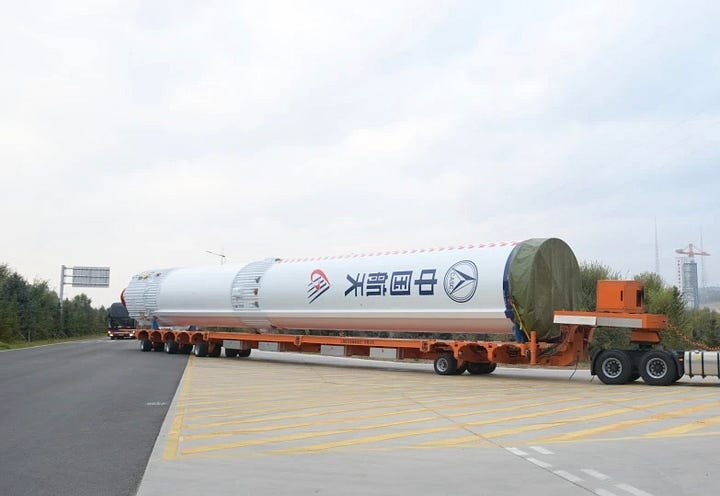
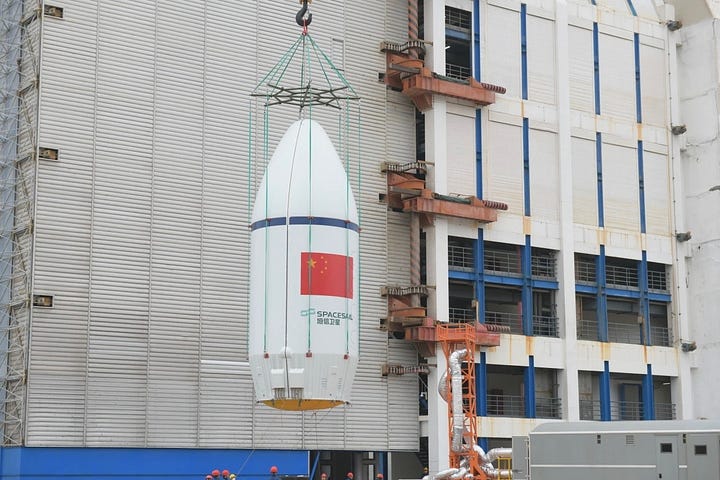



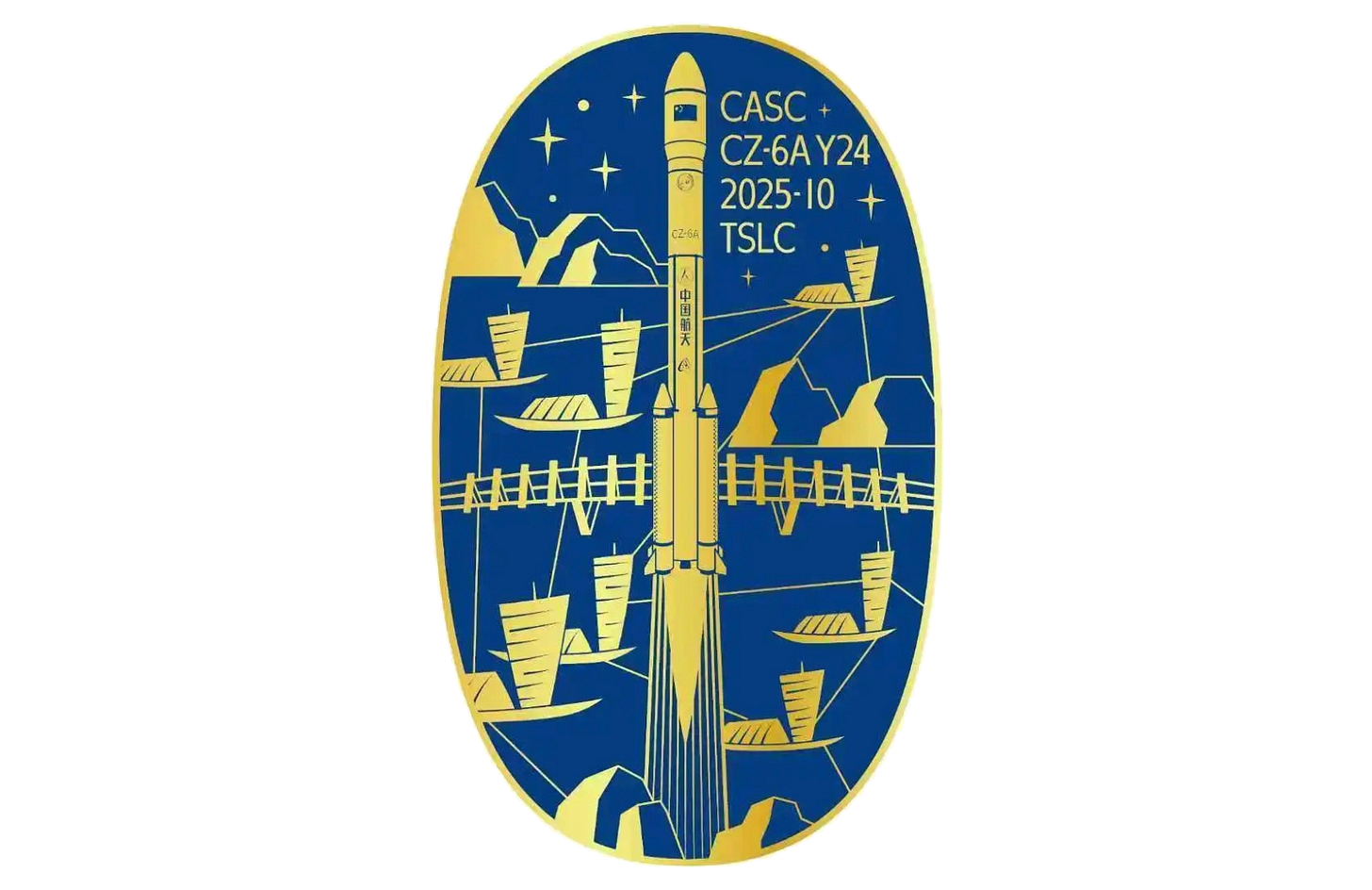
![GuoWang Grows With Latest Taiyuan Launch [Long March 6A Y16]](https://substackcdn.com/image/fetch/$s_!ZN8e!,w_1300,h_650,c_fill,f_auto,q_auto:good,fl_progressive:steep,g_auto/https%3A%2F%2Fsubstack-post-media.s3.amazonaws.com%2Fpublic%2Fimages%2Fd40d8967-4154-428a-a57b-0cccb2cd643a_3294x1779.jpeg)
